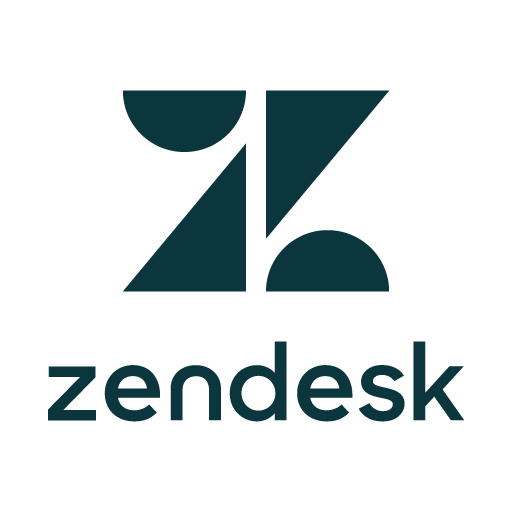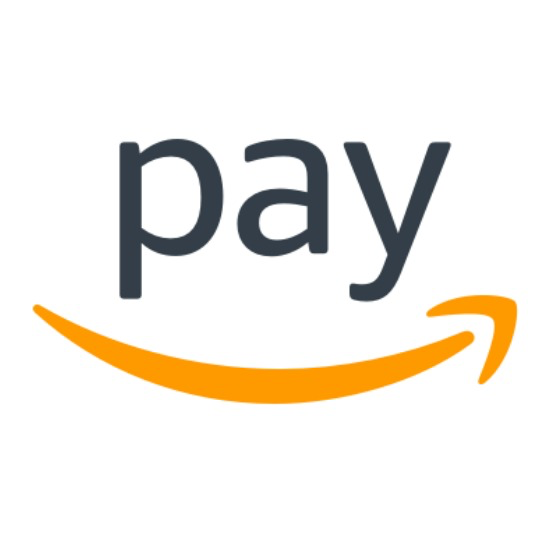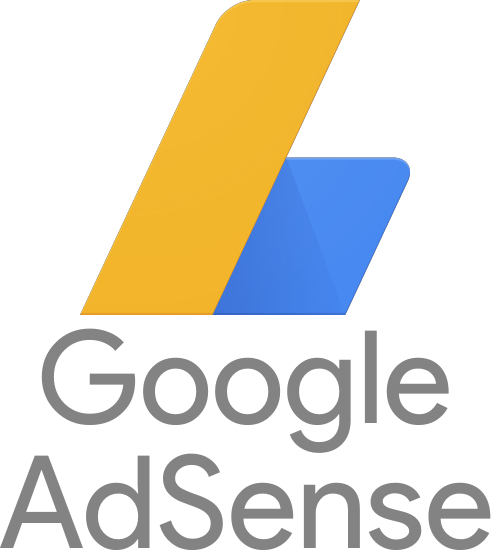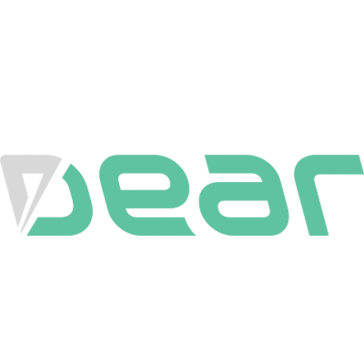I Grew A Drinkware Brand To $1.1M/Month At 23 Years Old
Hello! Who are you and what are you working on?
Hello, my name is Dylan Jacob and I am the founder of BruMate, AKA, The Dehydration Company. We are a unique insulated drinkware brand with a sole focus on the adult beverage community.
Our flagship products are the patented Hopsulator TRiO; which is a 3-in-1 insulated beer koozie that fits 16oz cans, comes with a freezable adapter for 12oz cans, works as a pint glass, and keeps your beer the same temperature from the time you open it until the time you finish it; Our Uncork’d Wine Glasses which are the largest triple-insulated wine glasses in the world and fit over half a bottle of wine; and our Winesulator which fits a full bottle of wine, maintains its temperature for over 24 hours, and allows you to bring wine into glass free zones without hauling around a cooler or ice.
Some upcoming releases include the NOS’R which is the world’s first indestructible insulated nosing glass for whiskey, our Hopsulator Slim which is the...

With BigCommerce, you have incredible tools at your fingertips to create the ultimate growth engine for your business.
Combine sleek storefront designs with powerful marketing tools and unrivaled 24x7 phone support, our platform has everything you need for success and flexibility in the competitive online marketplace.
Stop settling for low conversion rates and get started with BigCommerce today.
Start Your Free 15-Day Trial of BigCommerce Now

Download the report and join our email newsletter packed with business ideas and money-making opportunities, backed by real-life case studies.

Download the report and join our email newsletter packed with business ideas and money-making opportunities, backed by real-life case studies.

Download the report and join our email newsletter packed with business ideas and money-making opportunities, backed by real-life case studies.

Download the report and join our email newsletter packed with business ideas and money-making opportunities, backed by real-life case studies.

Download the report and join our email newsletter packed with business ideas and money-making opportunities, backed by real-life case studies.

Download the report and join our email newsletter packed with business ideas and money-making opportunities, backed by real-life case studies.

Download the report and join our email newsletter packed with business ideas and money-making opportunities, backed by real-life case studies.






































